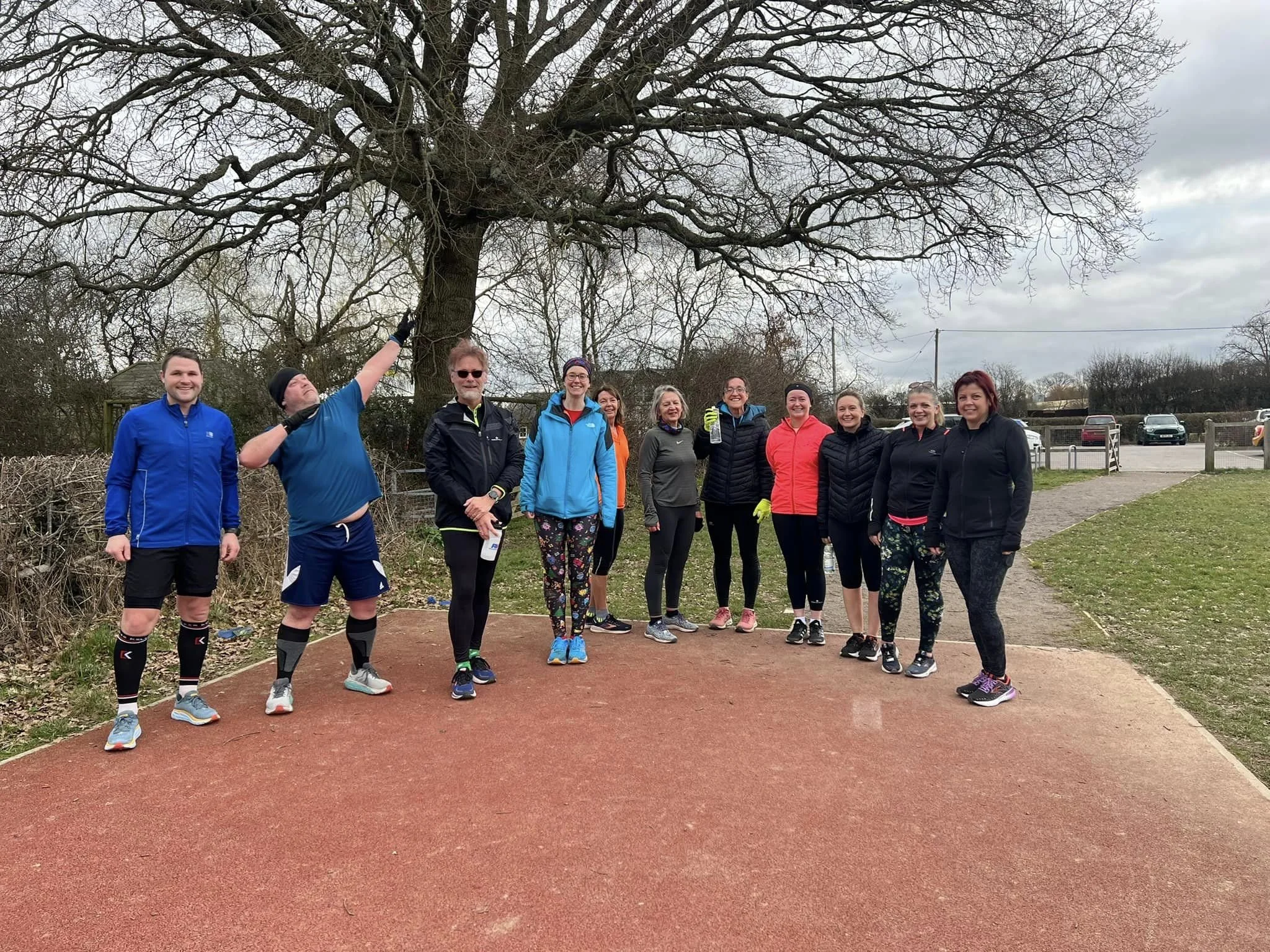Running Economy
What is running economy?
Running economy is the relationship between your energy consumption and your running speed, basically, it means the amount of oxygen your body needs to run at a certain pace. The less oxygen you consume per mile, the better your running economy.
As you progress and develop as a runner, you should find that your running economy improves; you are able to run faster but find the faster pace more comfortable or easier than before.
Running faster using less energy = better running economy. It’s a little like fuel efficiency in a car; being able to get more miles per gallon at the same speed is MORE EFFICIENT and therefore more economical.
How can you improve your running economy?
Dan Rourke Endurance Training
Miles and miles of running can make you a more efficient runner; there is a significant amount of research suggesting that accumulating a high volume of endurance training consistently over many years is one way to hone running economy. That makes sense, the more you run, the more efficient you get as the body finds ways to conserve energy.
Track/Hills/Tempo Sessions
Another way to sharpen running economy is with short, fast running with track intervals and steep hill repeats. These sessions help you learn to minimise wasted motion with poor running form, recruit fast twitch fibres and feel comfortable at fast speeds. A significant amount of the pbs at the weekend were a result of interval/speed and tempo training through the winter.
However….
What influences running economy?
Running economy gets worse with fatigue, there is a decline in economy as a run or race progresses. Success in distance running, half marathons/marathons/ultras, exists in being able to use oxygen as economically as possible during a long run or race, your aerobic system supplies nearly all the energy for these events, being able to run faster whilst staying in your aerobic zone is one of the many addictive reasons for marathon training.
On the face of it, it appears that running economy is quite simple, however if only it was, but it is multifactorial, there are many variables that effect an individual’s running economy.
Genetics,
Cardiorespiratory efficiency,
Training,
Biomechanical efficiency
Neuromuscular efficiency
Environmental factors like heat, cold and running surface (road or trail)
Running in different environments
Adding in strength training plus a few years of running in different environmental situations like heat, rain, snow, all enable you control variables that you can, we can’t do anything about our genetics but that’s only a small part of the overall picture.
A holistic approach to training is key to improving your running economy and ultimately your performance. Consistent running, speed/hill/tempo sessions and long easy miles and remember, long miles can be any distance, not many people run 3 miles at the weekend for fun! A few adjustments can make a big difference.



